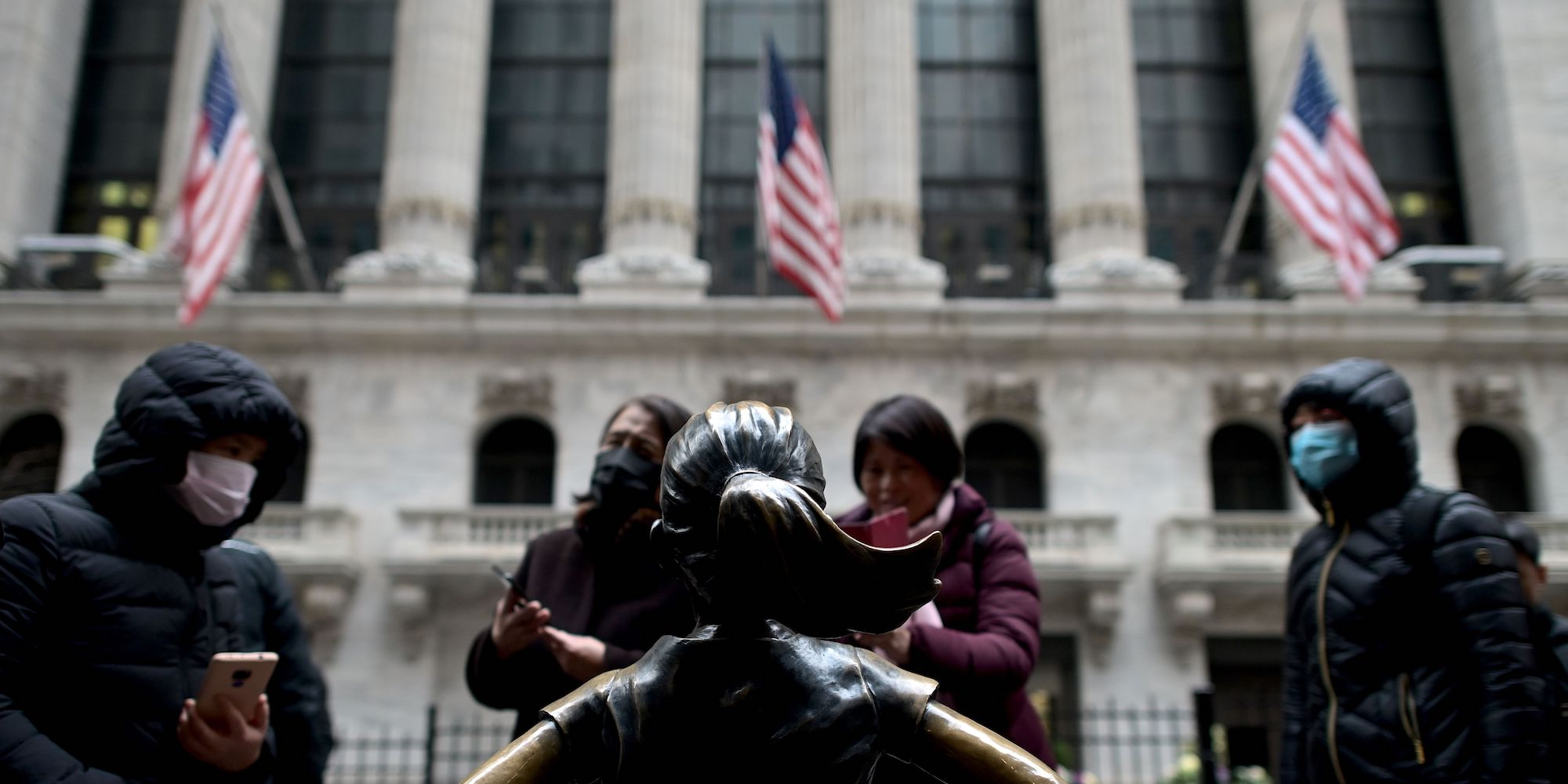- The US now has 60 confirmed cases of the coronavirus, and it’s highly likely there will be more.
- The Centers for Disease Control and Prevention has outlined a hypothetical scenario of what could happen in America as the coronavirus spreads.
- It predicts more cases, person-to-person spreading, and an “overwhelmed” and “overloaded healthcare system.”
- Visit Business Insider’s homepage for more stories.
The Centers for Disease Control and Prevention has provided information about how the novel coronavirus could affect the US.
Globally, the coronavirus, which causes the disease COVID-19, has infected 82,000 people and killed 2,800 people, mostly in China.
On Tuesday, US health officials told the country to prepare for the coronavirus. Nancy Messonnier, the director of the National Center for Immunization and Respiratory Diseases, said in a press briefing, “It’s not so much of a question of if this will happen anymore but rather more of a question of exactly when this will happen.”
By Wednesday, the US had 60 confirmed cases of the coronavirus. Of these, 42 were from the Diamond Princess cruise ship in Japan.
On its website, the CDC has outlined, somewhat ominously, how the coronavirus could affect the US. It said more cases are likely. As the virus starts spreading from person to person, healthcare systems could become "overwhelmed" and "overloaded, with elevated rates of hospitalizations and deaths." Public places could empty out as people stay home to avoid getting the virus or giving it to anyone else.
Here's what the CDC predicts could happen next, step-by-step.
"More cases are likely to be identified in the coming days, including more cases in the United States."
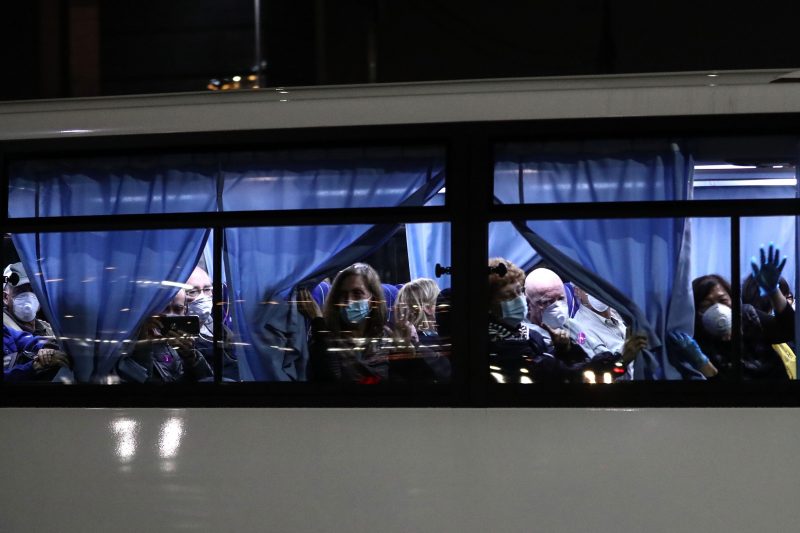
There are now 60 confirmed cases in the US.
The majority of them were repatriated cases in which Americans caught the virus while traveling. All the people infected with the COVID-19 virus in the US are in isolation in hospitals or quarantined at US military bases.
On Wednesday, the CDC confirmed that a person in California had the coronavirus, but the person had no known connection to another patient and hadn't traveled internationally. This could be the first case of "community spread," which is when the virus' origin is not known.
If it is, Jennifer Nuzzo, an epidemiologist at the Johns Hopkins Center for Health Security, told The Washington Post, "It would confirm what we have long suspected - that there is a good chance there already are people infected in this country and that the virus is circulating undetected. It points to the need for expanded surveillance so we know how many more are out there and how to respond."
"It's also likely that person-to-person spread will continue to occur, including in the United States."

The spread of the coronavirus will be difficult to stop, but cities and counties in the US are preparing for it.
As of Wednesday in California, San Francisco, Orange County, San Diego County, and Santa Clara County had all declared health emergencies. This was done to make sure there was access to funding to prepare for a coronavirus outbreak.
According to the CDC, the coronavirus spreads between people in close contact, often through droplets excreted by coughing or sneezing. It can also spread through people touching objects that the virus is already on.
There are a number of symptoms to look out for. Business Insider's Aria Bendix wrote that the first symptom is a fever - about 99% of patients in one study developed one. More than half of patients developed a dry cough and experienced fatigue. And about one-third of patients had sore muscles and breathing difficulties.
Unfortunately, monitoring symptoms might not be enough. On Monday, Chinese researchers reported that a person could transmit the coronavirus without showing any symptoms. One woman from Wuhan, China, transmitted the coronavrius to five family members despite getting clear scans and never becoming ill herself.
"Widespread transmission of COVID-19 in the United States would translate into large numbers of people needing medical care at the same time."

One of the looming problems for the US is that there aren't enough face masks for healthcare workers, according to Health and Human Services Secretary Alex Azar.
The US has 30 million face masks, but it needs another 270 million, he said on Tuesday.
The CDC doesn't recommend that uninfected people wear masks, but they're worthwhile for people who have coronavirus symptoms and healthcare workers treating sick people.
"Schools, childcare centers, workplaces, and other places for mass gatherings may experience more absenteeism."
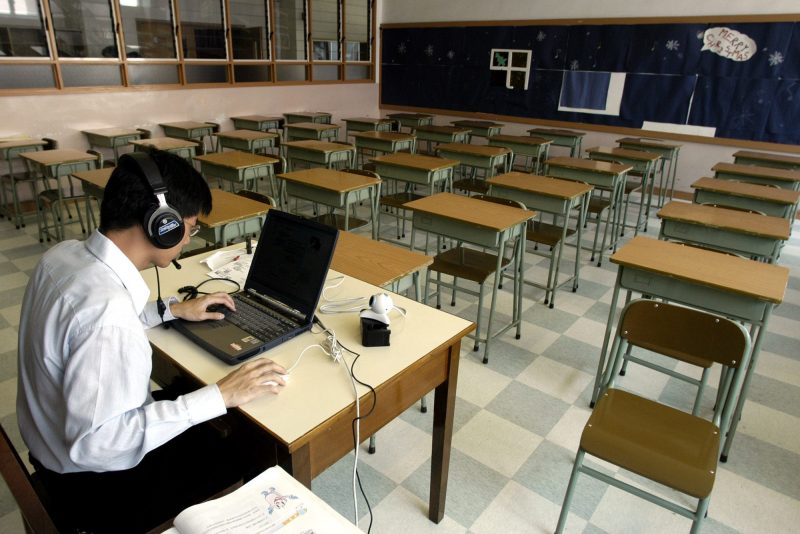
On Thursday, Japanese Prime Minister Shinzo Abe announced every school in Japan would close for at least a month after 890 cases of the coronavirus were confirmed. More than 700 of these had some connection to the Diamond Princess cruise ship.
In China, all schools are closed until the coronavirus is no longer a public-health emergency. About 180 million children in China are learning from home, taking classes online, or watching primary-school classes broadcast on television.
Schools haven't closed in the US yet, but the CDC warned schools could close for extended periods of time if the disease keeps spreading.
Already, some US school districts have sent letters to students' families informing them not to send sick children to school and reminding them about vaccinations and handwashing.
"Public health and healthcare systems may become overloaded, with elevated rates of hospitalizations and deaths."
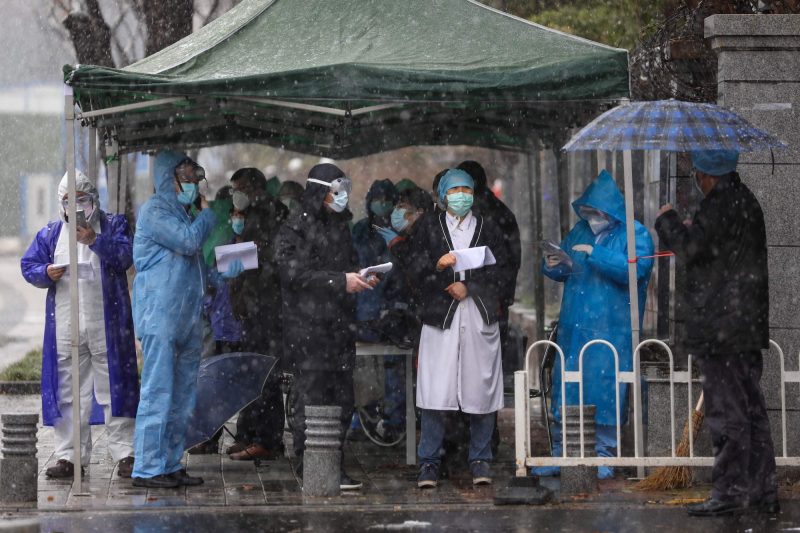
Earlier this month, healthcare workers told Business Insider's Morgan McFall-Johnsen how hospitals were handling potential coronavirus cases. They were using isolation chambers, wearing face shields and other protective gear, and had infectious-disease experts on hand.
Doctors looked for two red flags - whether someone had been to China recently and which symptoms they had, specifically fevers, shortness of breath, and coughing.
Experts say people should call ahead if they think they have symptoms before going to the hospital. One Chicago-based flight nurse named Mia Martinez told Business Insider, "The scary part for me would be someone just kind of coming into an ER, especially with how crowded they are nowadays."
"Other critical infrastructure, such as law enforcement, emergency medical services, and transportation industry may also be affected."

The coronavirus' impact on infrastructure has been notable in China. Beginning on January 23, Wuhan, a city of 11 million people, where the coronavirus was first discovered, has been on lockdown. Police closed entry points into the city, and have been patrolling the city's train stations.
Other than for several hours where the quarantine was briefly lifted before being reimposed, the quarantine has been constant. The mass quarantine escalated in early February, when the Chinese government put another 15 cities, with about 35 million people, on lockdown. It's the largest quarantine in human history.
Outside of Asia, Italy, which has become the epicenter of the coronavirus in Europe, has also been using its law enforcement to deal with the coronavirus.
In northern Italy, 11 quarantined towns are surrounded around the clock by military police, to try and stop the coronavirus from spreading.
Police have also been monitoring two resorts on lockdown in Europe - one hotel called the Costa Adeje Palace, with more than 450 rooms in Tenerife, Spain, which is on lockdown for two weeks, and another in a ski resort with 108 rooms in Innsbruck, Austria.
If quarantines are enacted in the US, they'd be under the jurisdiction of the CDC. The agency already screens passengers at airports and other ports of entry for diseases (and has been doing so for coronavirus), and could enforce isolation and quarantines throughout the country or in specific areas to prevent the spread of COVID-19.
"Health care providers and hospitals may be overwhelmed."
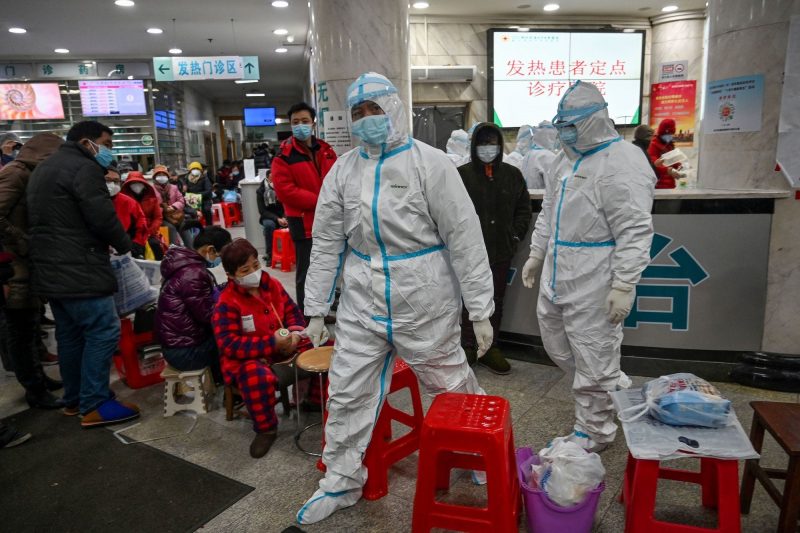
This could mean that hospitals would shift priorities away from other health problems to focus on the coronavirus.
In China, this has already happened. In Wuhan, hospitals have devoted 19,000 beds to exclusively treating the coronavirus. One man who needed surgery for a tumor pressing on his spine was sent home from hospital, without his surgery, Time reported.
Another man's weekly dialysis sessions for kidney failure were canceled, because of the coronavirus.
"At this time, there is no vaccine to protect against COVID-19 and no medications approved to treat it."
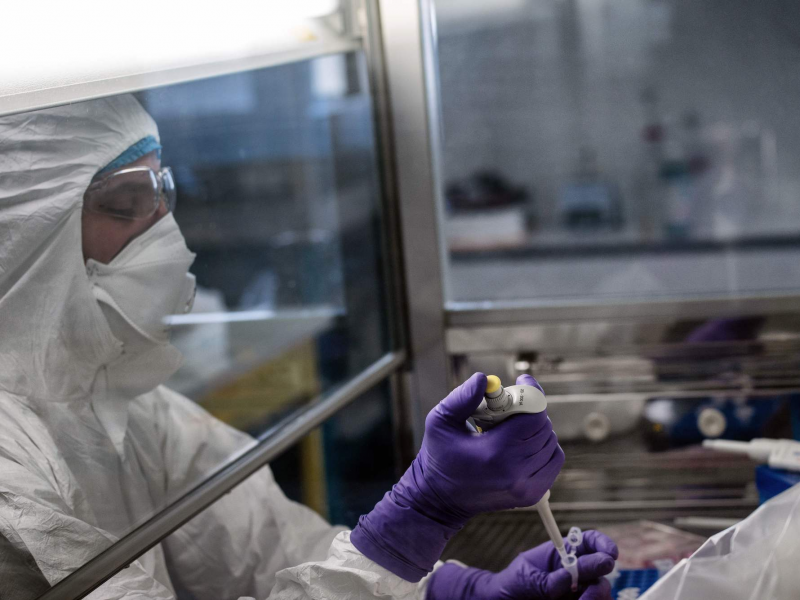
But drug companies are doing their best to come up with a solution, either testing existing drugs to see whether they'll be effective, or by starting from scratch, using the coronavirus' genetic code.
One biotech drug company, called Moderna, has already provided US health officials with a possible vaccine, to begin testing - hopefully by mid-April.
After generating a firestorm of criticism over the possible high price of any new coronavirus vaccine if it's developed, the Trump administration reversed itself on Thursday and said it would guarantee public access to an affordable vaccine.
Business Insider's Hillary Hoffower pointed out that the largest healthcare costs from treating coronavirus would likely be from long hospital stays.
It's worth knowing that CDC is the only place that's currently testing for the coronavirus in the US and it's not charging patients for it, according to America's Health Insurance Plans.
AHIP also pointed out that health insurance providers cover "reasonable, medically necessary health care costs," which include the coronavirus. It recommended reviewing your specific plan.
"Nonpharmaceutical interventions would be the most important response strategy."

These are actions that can be taken outside of medication and vaccinations.
The CDC recommends staying home when you're sick, washing you're hands, covering you're mouth when sneezing and coughing, and disinfecting surfaces (like door handles and refrigerators), and objects (like children's toys).
The CDC also recommends not getting too close to people when interacting with them.
For the patients who do go to the hospital, they're being treated for their symptoms. For example, hospitals can provide patients ibuprofen for pain, fluids if they have diarrhea, breathing support if the coronavirus causes pneumonia, and an intravenous drip if they have low blood pressure.
Of course, this scenario is what the CDC predicts could happen if cases rise and the coronavirus starts spreading in the US. We don't know what exactly will happen next.
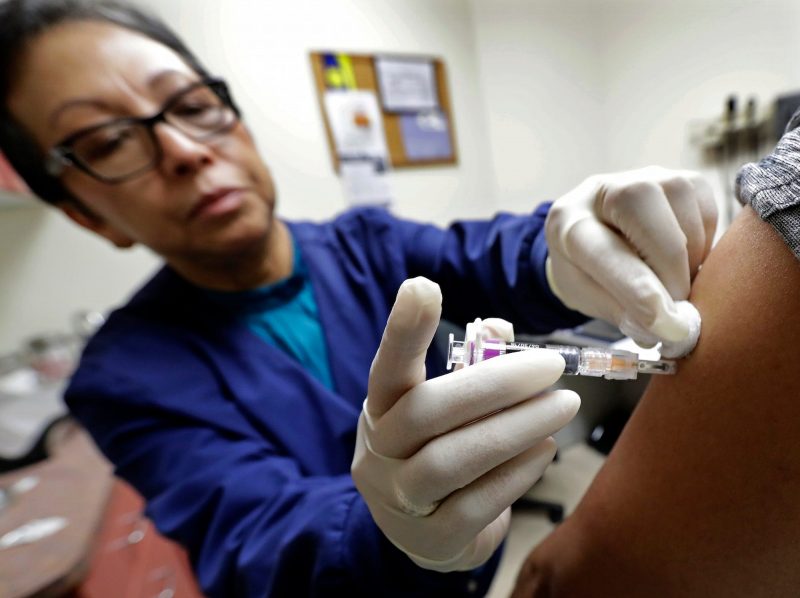
Public-health experts told Business Insider's Aylin Woodward it's possible "the new virus may never truly disappear." She wrote:
"There are only three possible endings to this coronavirus story: The outbreak could be controlled via public-health interventions and disappear (as SARS did), a vaccine could be developed, or the coronavirus could become a permanent part of the repertoire of human viruses, perhaps like the seasonal flu."

